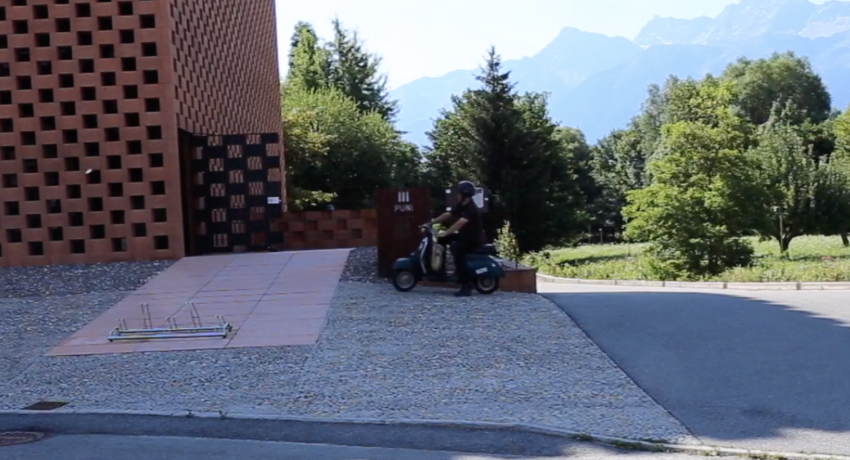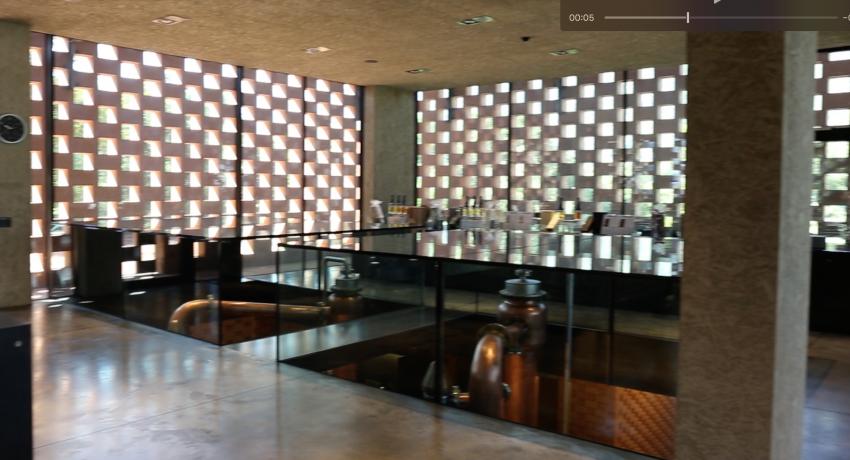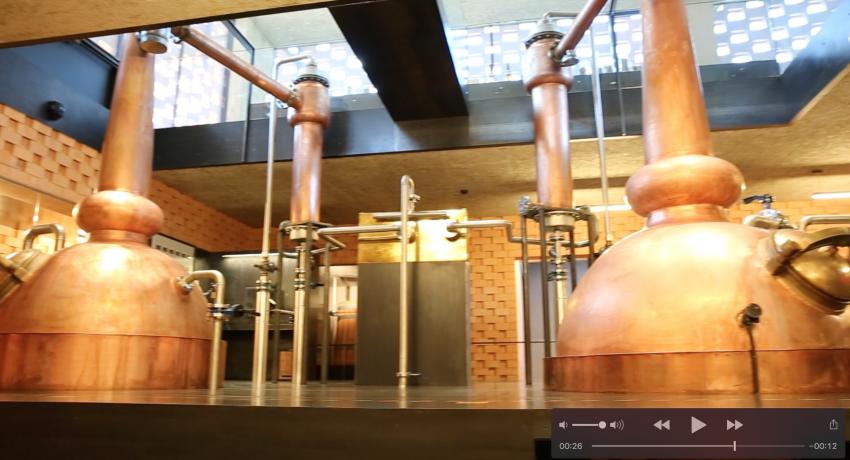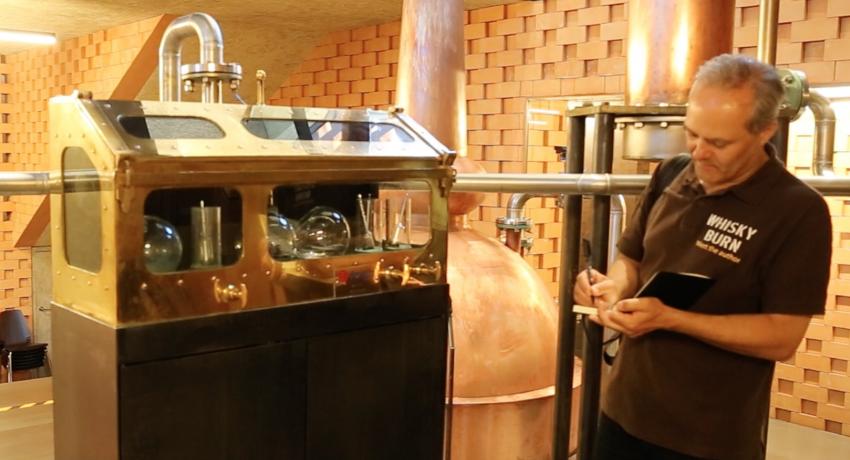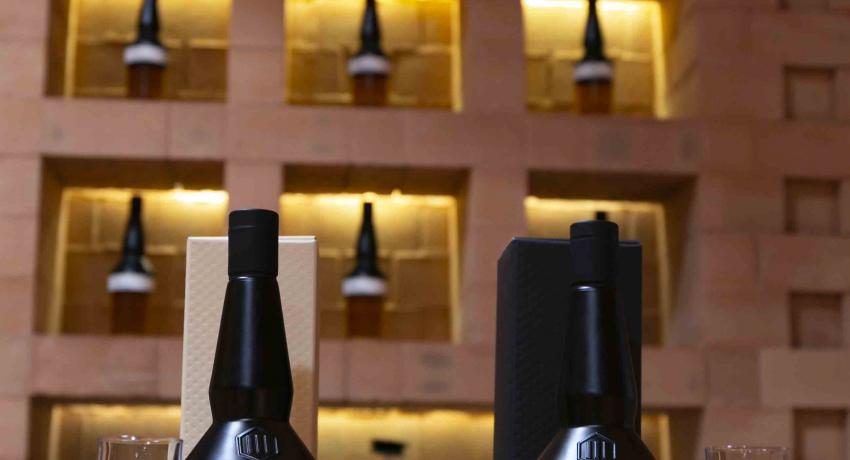Puni distillery
Puni distillery
The first thing that strikes you arriving at Italy’s first and only whisky distillery is that it looks nothing like a distillery. We are more used to seeing traditional old Doig pagoda chimneys, or at least modern representations of them, but here there is not a chimney in sight.
Designed by local architect Werner Tscholl, it looks at first sight more like a modern art museum than a distillery, which is kind of apt, because making whisky is an art, after all.
The name comes from River Puni (pronounced pooney) that runs through the village of Glorenza (or Glurns) in the Trentino-Alto Adige region of northern Italy. The locals here speak an Austrian dialect – the region was actually part of Austria until it was granted to Italy after the First World War, and the older buildings of the village do owe more to Austrian architectural styles than Italian.
Background
Like the origins of most Irish and Scottish distilleries, this is a family-run distillery – local builder Albrecht Ebensperger and his wife came up with the idea and their son is the production manager. Work began on the project in 2010, and impressively they were up and running by 2012.
Executive assistant Lena Klopp welcomes me in. As you walk into the interior it still seems oddly like a museum, with a large case in the middle of the floor that seems to look down on some archaeological remains. Though the design may well be ancient, the artefacts are not: what you see are the tops of the stills from above – because everything is below ground. It is unusual to be able to see stills from the top like this, and the reason is something to do with temperature control. Unlike Scotland, it can get pretty hot here in the summer months.
Production
Puni use about a ton of malt per day when they are in production, ground in an old Boby mill that feeds a 6,000 litre lauter. After a lengthy 96-hour fermentation in one of their five 10,000 litre larch washbacks, the wash is ready to be distilled.
The twin stills are from Forsyths coppersmiths in Scotland: 3,000 litre wash, 2,000 litre spirit, and are run twice a day. The thin necks with shallow boil balls remind me of Glenmorangie’s stills, though without the immensely tall necks. The aim, Lena tells me, was to aim for a similarly light and fruity spirit to Glenmorangie and the Speysiders, rather than a full-bodied highland or island malt. Unusually, the stills are heated by internal coils containing pressurised hot water of up to 130 degrees C, which gives a greater degree of control than heating with steam coils.
Maturation is largely in ex-Bourbon casks, some wine and also virgin Limousin oak casks to add oaky and spicy nuances to the finished whisky. Warehousing is off-site, apparently in war-time bunkers that are dotted around the Alto-Adige area – ideal for the constant, cool temperatures maturing whiskey needs and as a plus they are pretty difficult to break into.
Curiously even the distillery isn’t allowed to access the whisky as it matures, which is very different to the bonded warehouse system in Scotland. No warehouse tastings here, then. In Italy, spirit warehouses cannot be accessed without the permission of the authorities, and the accompanying mountain of paperwork; I am amazed when Lena shows me that even the spirit safe is locked with the Guardia di Finanza’s lead seals and blue tags to prevent tampering.
Capacity is 120,000 litres per annum, but at time of my visit (July) all is quiet for the silent season. All the machinery is being cleaned, checked, renovated if necessary, and the production staff are probably all at the beach, and on a hot day like today, I don’t blame them.
Tasting notes.
Puni whisky is already winning awards, and comes in a strikingly designed still-shaped bottle that recalls the early designs of Dewar’s from Aberfeldy. Because I’m here by Vespa, and attempting to ride over the Stelvio Pass this afternoon, I decline the drams Lena offers, but as I said it is geared towards the lighter side of single malt. Though still young at the time of my visit, Puni tends towards the light, winey, fruity and herbal side of the spectrum by all accounts. No dram for me, because I'm heading back to Switzerland via the Stelvio Pass, and I'll need my wits about me for that - so will the Vespa, for that matter. I fill up my mini-hip flask and will sample a dram later on, as has become my usual and very wise custom.

